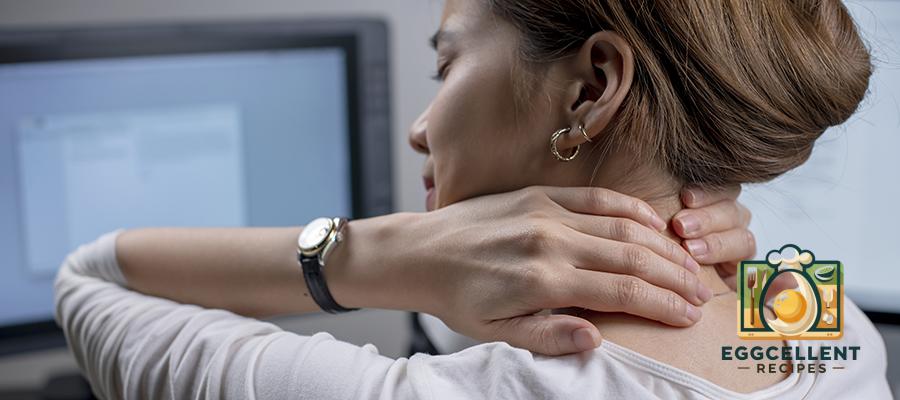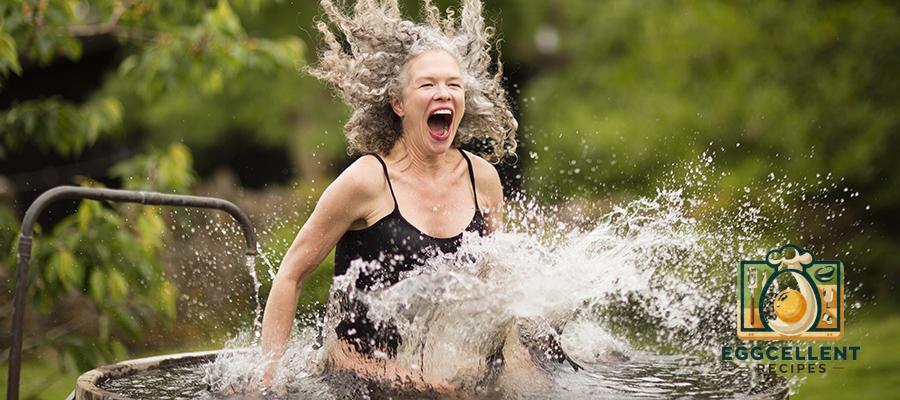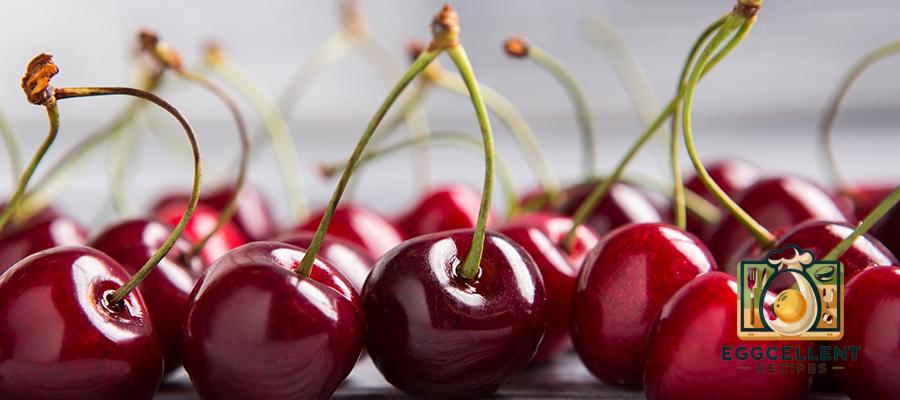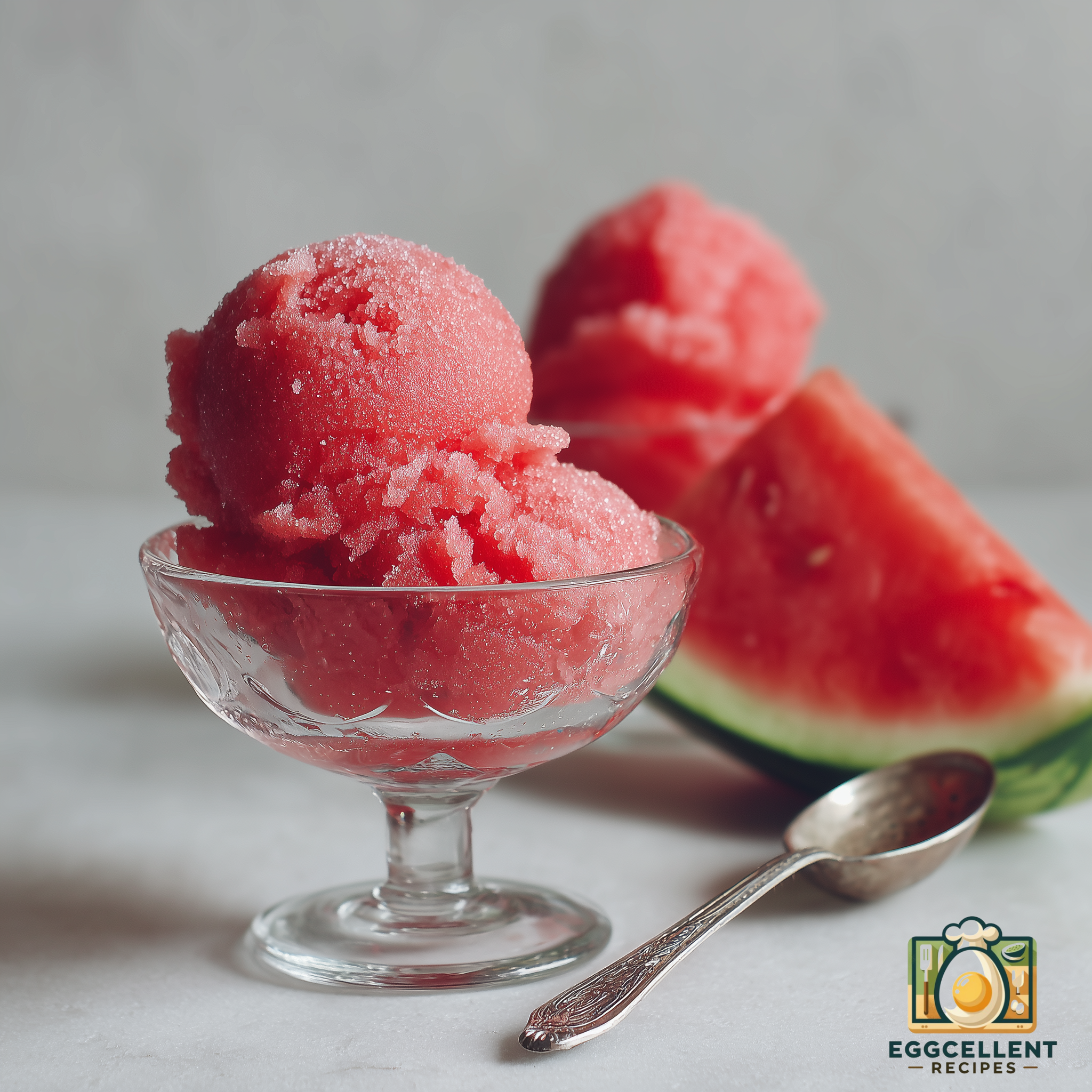Overview
Introduction to food photography
Food photography is a captivating art form that allows us to showcase the beauty of various dishes, ingredients, and culinary creations. It is a specialized genre of photography that requires a unique set of skills and techniques to capture the essence and appeal of food. In this article, we will explore the world of food photography and provide you with valuable tips and insights on how to create stunning images that will make your audience crave the dishes you capture. Whether you are a professional food photographer or an amateur enthusiast, this article will help you elevate your food photography skills and take your images to the next level.
Importance of food presentation
Food presentation plays a crucial role in enticing our senses and enhancing our dining experience. It is often said that we eat with our eyes first, and this holds true when it comes to the beauty of eggs. The way a dish is presented can make a significant difference in how it is perceived and enjoyed. Whether it’s a perfectly poached egg on a bed of vibrant greens or a beautifully arranged omelette with colorful toppings, the visual appeal of the dish can make it more appetizing and appealing. By taking the time to artfully present our food, we can elevate the overall dining experience and showcase the beauty of eggs in all their glory.
Role of lighting in food photography
Lighting plays a crucial role in food photography as it can make or break the image. The right lighting can enhance the colors, textures, and details of the food, making it look more appetizing and appealing. It helps to create depth and dimension, highlighting the various elements of the dish. Natural light is often preferred in food photography as it provides a soft and diffused illumination, bringing out the natural beauty of the ingredients. However, artificial lighting can also be used effectively to create a specific mood or to control the intensity and direction of light. Overall, understanding and manipulating lighting is essential for capturing stunning and captivating food photographs.
Choosing the Perfect Eggs
Understanding different types of eggs
Eggs come in various types, each with its own unique characteristics and uses. Understanding the different types of eggs can greatly enhance your culinary skills and appreciation for this versatile ingredient. The most common types of eggs include chicken eggs, which are widely consumed and used in a variety of dishes. Duck eggs, on the other hand, have a richer flavor and are often preferred for baking and making desserts. Quail eggs are smaller in size but pack a punch with their delicate flavor, making them a popular choice for appetizers and garnishes. Additionally, there are also specialty eggs such as goose eggs and ostrich eggs, which are larger in size and can be a great addition to special occasions or adventurous cooking experiments. By familiarizing yourself with the different types of eggs, you can elevate your culinary creations and explore new flavors and textures.
Selecting eggs with the best color and texture
When it comes to selecting eggs with the best color and texture for your food photography, there are a few key factors to consider. First, look for eggs that have a vibrant and consistent color. This will ensure that your photos have a visually appealing and cohesive look. Additionally, pay attention to the texture of the eggs. Choose eggs that have a smooth and glossy surface, as this will add a touch of elegance to your photographs. Finally, make sure the eggs are free from any cracks or blemishes, as these imperfections can detract from the overall beauty of your images. By carefully selecting eggs with the best color and texture, you can enhance the visual impact of your food photography and create stunning images that truly showcase the beauty of eggs.
Checking for freshness and quality
When it comes to capturing the beauty of eggs in food photography, checking for freshness and quality is essential. Fresh eggs not only have a more vibrant color and a firmer texture, but they also taste better. To ensure that you are using the best eggs for your photos, start by examining the shell. Look for any cracks or blemishes, as these can affect the overall appearance of the egg. Next, give the egg a gentle shake to check for freshness. If you hear a sloshing sound, it may indicate that the egg is old. Finally, break open the egg and inspect the yolk and white. A fresh egg will have a bright, clear yolk and a thick, gel-like white. By taking the time to check for freshness and quality, you can ensure that your food photography captures the true beauty of eggs.
Setting Up the Scene
Choosing the right background and props
When it comes to food photography, choosing the right background and props is crucial. The background and props you use can greatly enhance the overall aesthetic and appeal of your egg photography. To showcase the beauty of eggs, it’s important to select backgrounds and props that complement the colors, textures, and shapes of the eggs. Consider using neutral backgrounds such as wooden boards, marble slabs, or plain white surfaces to create a clean and minimalist look. Additionally, incorporating props like vintage utensils, colorful napkins, or fresh herbs can add depth and visual interest to your egg compositions. Experiment with different combinations of backgrounds and props to find the perfect balance that highlights the beauty of eggs in your food photography.
Creating a visually appealing composition
Creating a visually appealing composition is essential in food photography. It involves arranging the elements in a way that is visually pleasing and captures the viewer’s attention. When photographing eggs, it is important to consider the colors, textures, and shapes of the ingredients used. By using complementary colors, contrasting textures, and interesting angles, you can create a composition that highlights the beauty of eggs and makes them the focal point of the image. Additionally, incorporating props such as rustic plates or colorful backgrounds can add depth and interest to the composition. Experimenting with different compositions and perspectives can help you discover unique and captivating ways to showcase the beauty of eggs through food photography.
Using natural light or artificial lighting
When it comes to capturing the beauty of eggs in food photography, the choice between using natural light or artificial lighting is crucial. Natural light can create a soft and natural look, enhancing the colors and textures of the eggs. It is especially effective when shooting in the morning or late afternoon when the sunlight is golden and diffused. On the other hand, artificial lighting provides more control over the intensity and direction of light, allowing for precise highlighting and shadowing. This can be advantageous when aiming for a specific mood or style in the photograph. Ultimately, the decision between natural light and artificial lighting depends on the desired outcome and the photographer’s artistic vision.
Styling and Plating Techniques
Arranging eggs in an aesthetically pleasing manner
Arranging eggs in an aesthetically pleasing manner is an art form that can elevate the visual appeal of any food photograph. Whether you’re capturing a simple breakfast scene or creating an intricate recipe, the way you arrange the eggs can make a significant difference in the overall composition. One popular technique is to create symmetry by placing the eggs in a row or a circular pattern. This creates a sense of balance and harmony in the photograph. Another approach is to play with textures and colors by arranging eggs of different sizes, shapes, and colors in a visually appealing way. This adds depth and visual interest to the image. Additionally, considering the background and props can also enhance the beauty of the arrangement. By placing the eggs on a rustic wooden surface or incorporating complementary elements like fresh herbs or colorful vegetables, you can create a captivating composition that tells a story. With a keen eye for detail and a creative mindset, arranging eggs in an aesthetically pleasing manner can transform a simple ingredient into a stunning work of art.
Adding complementary ingredients for visual interest
When it comes to food photography, adding complementary ingredients can enhance the visual interest of your images. By incorporating ingredients that complement the colors, textures, and flavors of the main subject, you can create a more visually appealing composition. For example, if you are photographing a dish with eggs as the main ingredient, you can add fresh herbs, colorful vegetables, or a sprinkle of spices to add pops of color and freshness to the image. These complementary ingredients not only add visual appeal but also provide context and enhance the overall story of the dish. Experiment with different combinations and arrangements to find the perfect balance between the main subject and the complementary ingredients.
Using garnishes and sauces to enhance the dish
Garnishes and sauces are essential elements in food photography as they can enhance the visual appeal of the dish. By strategically placing garnishes such as fresh herbs, edible flowers, or citrus slices, photographers can add pops of color and texture to their photos. Additionally, sauces can be drizzled or poured onto the dish to create beautiful patterns and add a glossy sheen. These garnishes and sauces not only make the dish more visually appealing but also provide additional flavors and aromas that can entice the viewer. When using garnishes and sauces in food photography, it is important to strike a balance between enhancing the dish’s aesthetics and ensuring that the focus remains on the main ingredient, in this case, the eggs. By skillfully incorporating garnishes and sauces, photographers can showcase the beauty of eggs in a captivating and enticing way.
Mastering Lighting Techniques
Understanding the different types of lighting
Lighting is a crucial element in food photography as it can greatly impact the overall look and feel of the image. Understanding the different types of lighting is essential for capturing the beauty of eggs in photographs. Natural light is often preferred for its soft and diffused quality, which can enhance the textures and colors of the subject. Artificial light, such as studio lights or flash, can provide more control over the lighting conditions and allow for creative effects. It is important to experiment with different lighting setups to find the best approach for showcasing the beauty of eggs in food photography.
Using diffusers and reflectors to control light
Diffusers and reflectors are essential tools in food photography for controlling light and creating stunning images of eggs. Diffusers are used to soften harsh lighting by scattering the light and reducing shadows. They can be made from materials like fabric or translucent plastic and are placed between the light source and the subject. Reflectors, on the other hand, are used to bounce light back onto the subject, filling in shadows and adding a beautiful glow. They can be made from materials like foam boards or metallic surfaces and are positioned opposite the light source. By using diffusers and reflectors strategically, photographers can manipulate the lighting conditions and enhance the beauty of eggs in their photos.
Creating shadows and highlights for depth and texture
Creating shadows and highlights is essential in food photography as it adds depth and texture to the images. By strategically placing light sources and using reflectors, photographers can create shadows that enhance the shape and form of the subject. On the other hand, highlights can be used to draw attention to specific areas and add a touch of brightness. When photographing eggs, such as healthy quail egg recipes, playing with shadows and highlights can help showcase their natural beauty and make them more visually appealing. By carefully controlling the lighting, photographers can capture the intricate details and textures of the eggs, making them look even more enticing. So, whether you’re capturing a simple omelette or an elaborate soufflé, don’t forget to experiment with shadows and highlights to bring out the best in your food photography.
Post-Processing and Editing
Choosing the right editing software
When it comes to choosing the right editing software for your food photography, there are a few factors to consider. Firstly, you’ll want to find a program that offers a wide range of editing tools and features, such as the ability to adjust brightness, contrast, and saturation. This will allow you to enhance the colors and tones of your egg photos, making them look even more vibrant and appealing. Additionally, it’s important to choose software that is user-friendly and intuitive, so you can easily navigate through the editing process and make quick adjustments as needed. Finally, consider the compatibility of the software with your computer system, ensuring that it runs smoothly and efficiently. By selecting the right editing software, you can take your egg photography to the next level and create stunning images that truly showcase the beauty of eggs.
Adjusting brightness, contrast, and color balance
When it comes to food photography, adjusting brightness, contrast, and color balance is crucial. These adjustments can make a significant difference in the final image. By adjusting the brightness, you can control the overall exposure of the photo, making it brighter or darker as needed. Contrast adjustments help to enhance the details and make the image pop. Color balance adjustments ensure that the colors in the photo are accurate and pleasing to the eye. With the right adjustments, you can showcase the beauty of eggs in your food photography and create captivating images that will leave viewers craving for more.
Removing imperfections and enhancing details
In food photography, removing imperfections and enhancing details is crucial to create visually appealing images of eggs. Imperfections such as cracks or blemishes can distract from the beauty of the subject. To remove these imperfections, photographers can use editing software to retouch the image and create a flawless appearance. Enhancing details, such as the texture and color of the eggshell, can make the image more captivating. This can be achieved by adjusting the lighting, composition, and focus to highlight the unique characteristics of the eggs. By removing imperfections and enhancing details, photographers can showcase the true beauty of eggs in their food photography.
Conclusion
Recap of key tips and techniques
In this article, we have explored various tips and techniques for capturing the beauty of eggs through food photography. We have discussed the importance of lighting and composition, as well as the use of props and styling to enhance the visual appeal of the subject. Additionally, we have highlighted the significance of experimenting with different angles and perspectives to create unique and captivating shots. By following these key tips and techniques, you can elevate your food photography skills and showcase the beauty of eggs in a visually stunning way.
Importance of practice and experimentation
Practice and experimentation are crucial in the world of food photography. The more you practice, the better you become at capturing the beauty of eggs and other food items. Through experimentation, you can discover unique angles, lighting techniques, and compositions that truly showcase the allure of eggs. By dedicating time to practice and being open to trying new approaches, you can elevate your food photography skills and create captivating images that leave a lasting impression on viewers.
Inspiration for future food photography projects
When it comes to food photography, finding inspiration for future projects is essential. Whether you’re a professional photographer or an amateur looking to improve your skills, exploring different styles and ideas can help spark creativity and bring a fresh perspective to your work. From browsing through cookbooks and food magazines to exploring social media platforms like Instagram and Pinterest, there are countless sources of inspiration to draw from. Pay attention to lighting, composition, and color schemes used in captivating food photographs, and try to incorporate these elements into your own unique style. By staying curious and open-minded, you’ll be able to discover new techniques and ideas that will elevate your food photography to the next level.






